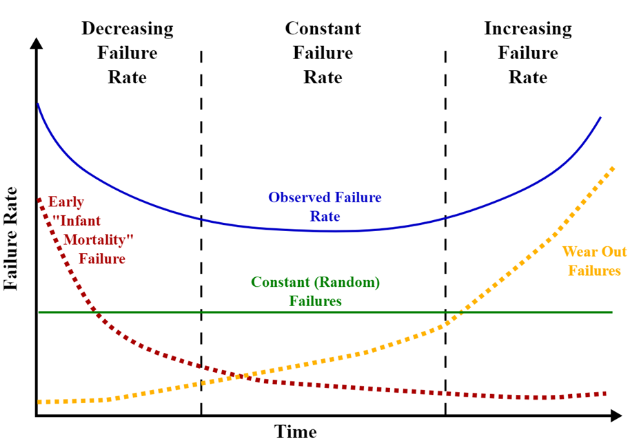IPC Standards Chart for U.S.
The IPC standards chart (or tree, in some circles) provides guidelines for the production and assembly requirements of electronics manufacturing...
2 min read
 Matric Group
:
Dec 19, 2023
Matric Group
:
Dec 19, 2023

A first article inspection for electronics products is a verification process that documents and certifies the accuracy of each and every facet of your product. Everything, physical and functional, is put under a microscope and verified through comparison of engineering drawings, planning, purchase order, and engineering specifications.
First article inspections (FAIs) are typically completed on new products or when changes occur to existing products. This process is a thorough and often complicated one completed by both manufacturer and purchaser, but an organized procedure can help you get through it without breaking a sweat.
Know when to perform an FAI.
An FAI is typically required when you’re working on a new product. However, even slight changes to already existing designs are usually subject to FAIs. Create a document you can reference when determining whether your product should undergo a FAI according to your company’s policies.
Because every portion of your product will be inspected, you should create a timetable of when each measurement will take place to ensure accuracy and minimal interference of the process.
Once you’re familiar with the manufacturing steps your product will go through, you can identify at which stage to make your measurements. If some components will be enclosed at the end of the process, measure these parts before the enclosure takes place. If the electronics include more involved processes like cleaning, be sure to test for these only after the processes have been completed.
Ask your electronics contract manufacturer to provide you with a certificate of conformance for any product features that have been completed or altered. This is important to have before beginning to document your report.
Create a list of your FAI requirements, then get to work. Create an inspection report including: measurements and descriptions of every variable possible, including but not limited to:
Conduct your dimensional measurements and certifications at the designated stages of production to complete your report. Be sure to communicate any additional requirements you have before accepting a shipment.
Take everything that you’ve just read and document it. Having a documented process will allow you to repeat as necessary when new electronics are used or modifications are made to existing parts.
Additionally, create a database of FAIs performed. Include details of the FAI and why it was performed -- the information could come in handy down the line.
Having an easy-to-follow FAI process is a great first step, but errors are certainly still possible. Note the following common FAI errors that can be avoided through responsible documenting:
There you have it. FAIs can be a lengthy process, but they also ensure that your product is built to specifications.
While you’re thinking of inspections, this article on auto inspection for PCB assembly is a good read for those looking to simplify their lives and their contract manufacturers’ lives. If you'd rather speak directly with an expert about testing or inspection issues, contact us.
(Editor's note: This blog was originally published in 2018 and was updated in 2023 to reflect the most current information.)

The IPC standards chart (or tree, in some circles) provides guidelines for the production and assembly requirements of electronics manufacturing...

Testing and inspection are vital parts of electronics contract manufacturing, for obvious reasons. Before that shipment of PCBs arrives on your...

The electronics manufacturing supply chain is a major risk for many OEMs. Challenges in this area include environmental and global regulations, which...